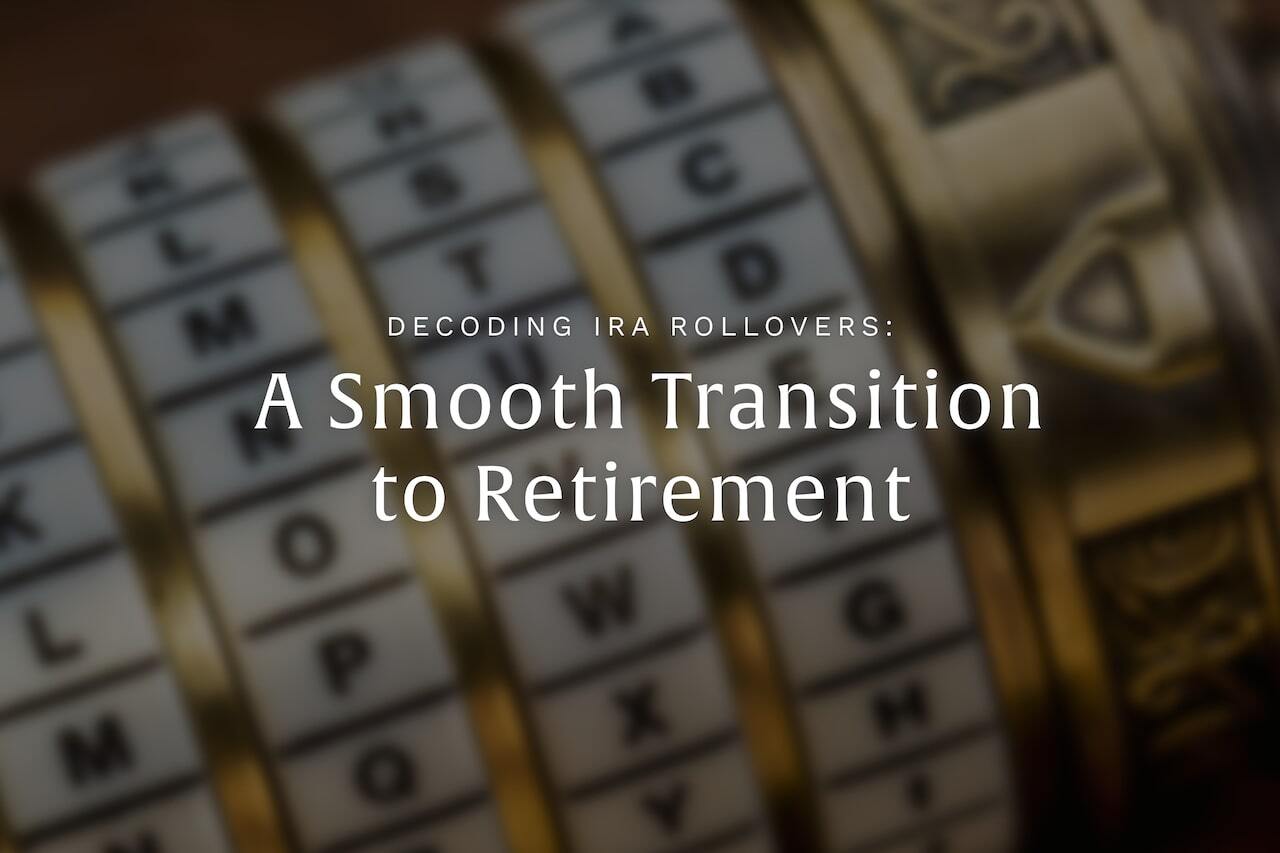Life insurance can be a useful component in estate planning, providing financial support for beneficiaries after the policyholder’s death. It serves as a flexible tool within a broader financial strategy, helping to address challenges such as liquidity needs, tax considerations, and the smooth transfer of wealth to future generations. By providing readily available funds, life insurance can help cover expenses like estate taxes, debts, or final costs, ensuring that other assets, such as property or investments, don’t need to be liquidated prematurely.
Incorporating life insurance into your estate plan requires careful consideration of its various applications, as its benefits extend far beyond a simple death benefit. From supporting heirs financially to preserving the value of your estate, it can help align your legacy with your long-term goals. This article explores the versatile roles life insurance can play in estate planning and offers insights into the key factors to keep in mind when integrating it into your strategy.
Managing Estate Settlement: The Benefits of Liquidity
One of the primary challenges in settling an estate is ensuring there is sufficient liquidity to cover taxes, debts, and other expenses without having to sell assets unexpectedly. Life insurance can help solve this issue by providing an immediate source of cash upon the policyholder’s death. This cash flow allows the estate to meet its financial obligations efficiently, avoiding the need to liquidate valuable assets that might otherwise be sold under unfavorable circumstances or at reduced value.
Preventing Unequal Distribution of Inheritances
In some families, certain assets like a family business, real estate, or treasured heirlooms may be designated for specific heirs. However, this can lead to an imbalance in the overall value of inheritances among beneficiaries. Life insurance can be a potential tool for addressing this challenge in estate planning. By providing a cash benefit to heirs who are not receiving high-value assets, life insurance helps ensure a more balanced distribution of the estate. This approach can promote fairness among beneficiaries and help preserve family harmony by ensuring everyone receives an equitable portion of the inheritance.
Funding Trusts with Life Insurance
Life insurance policies can be used to fund trusts, offering a controlled and tax-advantaged method to transfer wealth to beneficiaries. Trusts funded with life insurance proceeds can provide for minor children, support family members with special needs, or protect assets from beneficiaries’ potential creditors. This strategy allows for significant control over the distribution of assets, ensuring that the proceeds are used according to the policyholder’s wishes.
Using Life Insurance for Business Succession Planning
Life insurance plays a key role in succession planning for business owners, helping to facilitate a seamless transition of ownership. It can supply the funds needed to implement buy-sell agreements, ensuring that business partners can purchase the departing owner’s share. Additionally, life insurance can provide liquidity to the estate, allowing family members to be compensated fairly for their stake in the business. By addressing these financial needs, life insurance helps the business continue its operations without disruption or strain while also protecting the financial interests of the owner’s heirs.
Reducing Estate Tax Liabilities
Using life insurance in estate planning can also play a role in minimizing estate taxes, allowing for more of the estate to be passed on to the beneficiaries rather than being consumed by tax liabilities. By setting up an irrevocable life insurance trust (ILIT), the death benefit can be excluded from the estate for tax purposes. This strategy requires that the trust owns the policy and is named as the beneficiary, removing the proceeds from the taxable estate and thereby reducing the overall estate tax burden.
Life Insurance as a Charitable Giving Tool
Choosing to use life insurance in estate planning also means it can be leveraged as a tool for your philanthropic goals. By naming a charity as the beneficiary of a life insurance policy, individuals can leave a substantial gift to the organization upon their death. This not only provides support to causes important to the policyholder but can also offer tax benefits to the estate or the policyholder if structured appropriately. Furthermore, using life insurance for charitable giving allows for a significant impact without diminishing the assets available to other heirs. If you’d like to leave a charitable legacy, life insurance may be the right tool for you.
Effective Strategies for Incorporating Life Insurance into Estate Planning
If you’ve decided to include life insurance as part of your estate planning strategy to leave behind a financial legacy, it’s important to approach its integration thoughtfully. Several key considerations and best practices can help ensure life insurance is used effectively to meet your goals. From choosing the right type of policy to understanding tax implications and aligning the policy with your overall estate plan, careful planning is essential for maximizing its benefits. In this section, we’ll explore the steps and strategies that can help you successfully incorporate life insurance into your estate plan.:
- Decide on Policy Ownership: The ownership of the life insurance policy is crucial in estate planning. Owning a policy personally may subject the proceeds to estate taxes, whereas a trust owning the policy can avoid this.
- Make and Update Beneficiary Designations: Careful designation of beneficiaries is essential so that life insurance proceeds are distributed according to the policyholder’s wishes and in a manner that aligns with the overall estate plan.
- Choose the Type of Life Insurance: The choice between term and permanent (such as whole, universal, or variable) life insurance should be based on the policyholder’s specific estate planning goals, financial situation, and the needs of the beneficiaries.
- Coordinate All Estate Planning Tools: Life insurance should be coordinated with other estate planning instruments, such as wills and trusts, to create a cohesive plan that accurately reflects the policyholder’s intentions and goals.
Concluding Thoughts on Using Life Insurance in Estate Planning
Life insurance can serve as a multifunctional instrument in estate planning, providing more than just a death benefit. It is instrumental in meeting liquidity demands, balancing inheritances, supporting trusts, enabling business succession, reducing estate taxes, and aiding charitable endeavors. The strategic use of life insurance in estate planning may significantly influence the fulfillment of diverse estate planning goals, safeguarding and augmenting the legacy you intend to leave.
Are you ready to discuss your financial plan, including estate planning elements, with a professional team you can trust? At Seaman Retirement Planning, we know that estate planning can be difficult, both emotionally and practically. Let our experienced team walk you through the process, with an eye to your unique needs and goals. We can help you personalize a plan that helps you feel more confident about your future. Contact us today to learn more. We look forward to hearing from you!






















































